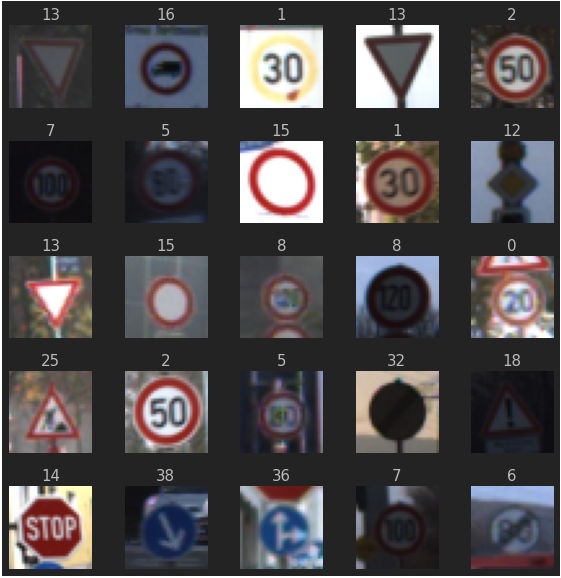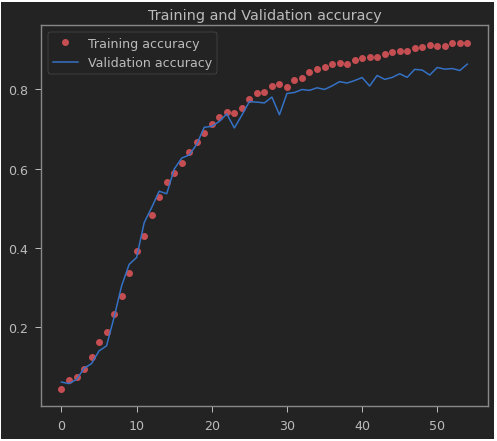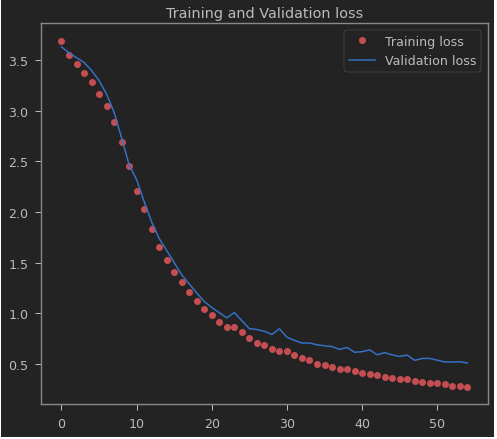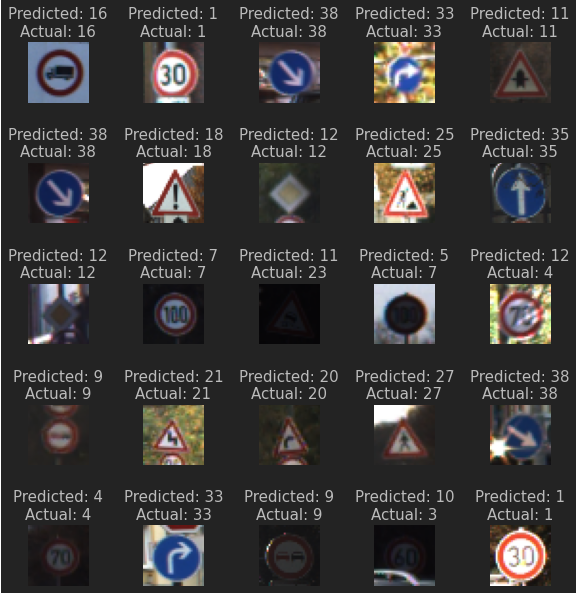Traffic Signs Classification
Objective and Problem Statement
- Traffic Signs Classification is an important task for self driving cars. In this Project, I have prepared a Deep Convolutional Neural Network Model which can classify the images of 43 distinct types of Traffic Signals. It is a multi-class Classification Project. You can gain insights about the Impelementation of Deep Convolutional Neural Network in Image Classification.
Convolutional Neural Network
- In deep learning, a convolutional neural network is a class of deep neural networks, most commonly applied to analyzing visual imagery. They are also known as shift invariant or space invariant artificial neural networks, based on their shared-weights architecture and translation invariance characteristics.
Getting the Data
- I have manually downloaded the Data from Kaggle. You can download the Data from here. I have used Google Colab for this Project so the act of reading and loading the Data might be different in various other platforms.
- The Dataset contains 43 different types of Traffic Signs. The overview of the each Signs are summarized below:
| Index | Traffic Signs |
|---|---|
| 0 | Speed Limit (20km/h) |
| 1 | Speed Limit (30km/h) |
| 2 | Speed Limit (50km/h) |
| 3 | Speed Limit (60km/h) |
| 4 | Speed Limit (70km/h) |
| 5 | Speed Limit (80km/h) |
| 6 | End of Speed Limit (80km/h) |
| 7 | Speed Limit (100km/h) |
| 8 | Speed Limit (120km/h) |
| 9 | No Passing |
| 10 | No Passing for the Vehicles over 3.5 metric tons |
| 11 | Right of way at next intersection |
| 12 | Priority Road |
| 13 | Yield |
| 14 | Stop |
| 15 | No Vehicles |
| 16 | Vehicles over 3.5 metric tons prohibited |
| 17 | No Entry |
| 18 | General Caution |
| 19 | Dangerous curve to the left |
| 20 | Dangerous curve to the right |
| 21 | Double Curve |
| 22 | Bumpy Road |
| 23 | Slippery Road |
| 24 | Road narrows on the right |
| 25 | Road Work |
| 26 | Traffic Signals |
| 27 | Pedestrains |
| 28 | Children Crossing |
| 29 | Bicycles Crossing |
| 30 | Beware of Ice/Snow |
| 31 | Wild animals crossing |
| 32 | End of all speed and Passing limits |
| 33 | Turn right ahead |
| 34 | Turn left ahead |
| 35 | Ahead Only |
| 36 | Go straight or right |
| 37 | Go straight or left |
| 38 | Keep Right |
| 39 | Keep Left |
| 40 | Round about Mandatory |
| 41 | End of no Passing |
| 42 | End of no Passing by vehicles over 3.5 metric tons. |
Snapshot of the Input Images

Convolutional Neural Network
- In deep learning, a convolutional neural network is a class of deep neural networks, most commonly applied to analyzing visual imagery. They are also known as shift invariant or space invariant artificial neural networks, based on their shared-weights architecture and translation invariance characteristics.
- Convolutional Neural Network are fully connected feed forward Neural Networks. Convolutional Neural Networks are very effective in reducing the number of parameters with losing on the quality of the models. Images have the high dimensionality which suits the above described abilities of the Convolutional Neural Networks.
model = tf.keras.models.Sequential([
tf.keras.layers.Conv2D(16, (3, 3), activation="relu", input_shape=(32, 32, 1)),
tf.keras.layers.MaxPooling2D(2, 2),
tf.keras.layers.Conv2D(32, (3, 3), activation="relu"),
tf.keras.layers.MaxPooling2D(2, 2),
tf.keras.layers.Conv2D(64, (3, 3), activation="relu"),
tf.keras.layers.MaxPooling2D(2, 2),
tf.keras.layers.Dropout(0.2),
tf.keras.layers.Flatten(),
tf.keras.layers.Dense(512, activation="relu"),
tf.keras.layers.Dense(120, activation="relu"),
tf.keras.layers.Dense(84, activation="relu"),
tf.keras.layers.Dense(43, activation="softmax")
])
Model Evaluation
- Plotting Training Accuracy vs Validation Accuracy

-
As the Training Accuracy increases then the Validation Accuracy also increases.
-
Plotting Training Loss vs Validation Loss

- As the Training Loss decreases then the Validation Loss also decreases.
Snapshot of the Predicted Image
